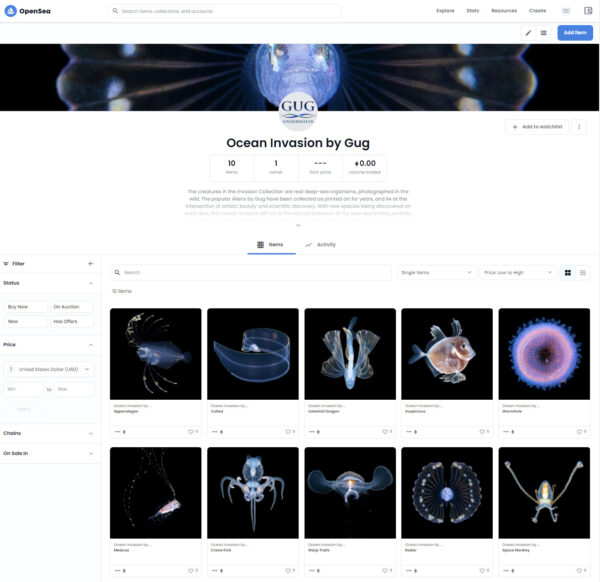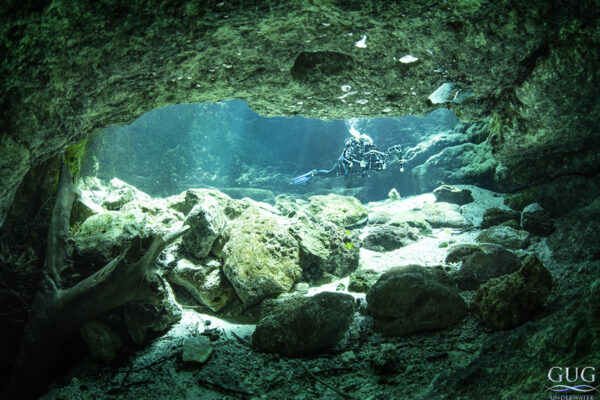Florida’s coastline hides an amazing collection of sunken maritime history. During the months of April and May, I was tasked by the Florida government to create a historical record of several important archaeological sites. Over the next few weeks, well I didn’t find any gold doubloons, I found myself taken back to the late 1800’s and early 1900’s, immersed in the stories of lives lost, and fortunes scattered to the depths.
The project involved documenting three ship wrecks along Southeast Florida’s coast: the Georges Valentine, The Copenhagen, and the Half Moon.
As a captain myself, I know that weather is as important to piloting a ship, as it is to finding a good day to photograph a sunken one. For the first wreck, I chose the most logistically challenging one, the Georges Valentine, in Stuart. It’s closeness to shore meant that getting in the water and swimming too it should be easy, but it was a double edge sword in that it requires a glass flat day to have any remote chance of getting in the water due to its jagged, rocky shoreline. Plus, even the slightest waves pick up the sand and throw it back on top of the rack, creating a blizzard that is extremely challenging to see through. My first day up there, waves were 4 to 7 foot, making shore entry impossible. Instead, I toured the charming historical visitor center, and learned the stories of a Florida House Of Refuge, which is essentially an outpost similar to a Coast Guard station, but staffed only by one lone seaman who maintained watch year-round. In 1904, the watchman had the most challenging day of his career, and was able to assist in the rescue of 7 of the 13 sailors, when the George’s Valentine ran aground with a cargo of mahogany. Today the shipwreck is but a small rubble pile, and the constantly shifting sands means that some years much more is uncovered and some years, it’s more buried. I’d guess that only about 5% of the wreck was above the sand during my three visits to the site. During my second visit, while the water was seemingly calm, the small sets of waves still battered us during the shore entry/exit, and the visibility over the shipwreck remained a paltry 3-5 foot, meaning we could not even see our own fins. On my third visit, visibility had improved to about 10 feet, but still, that’s far from ideal for image-making!
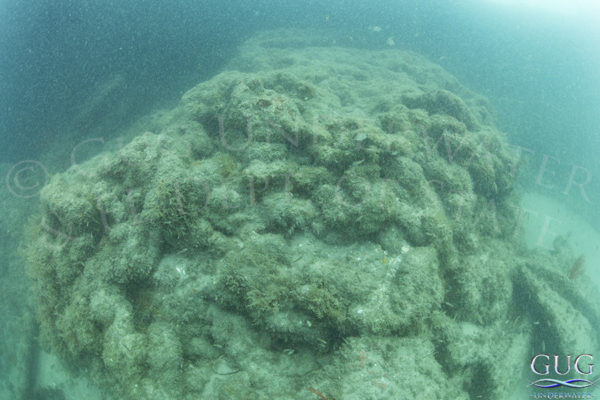
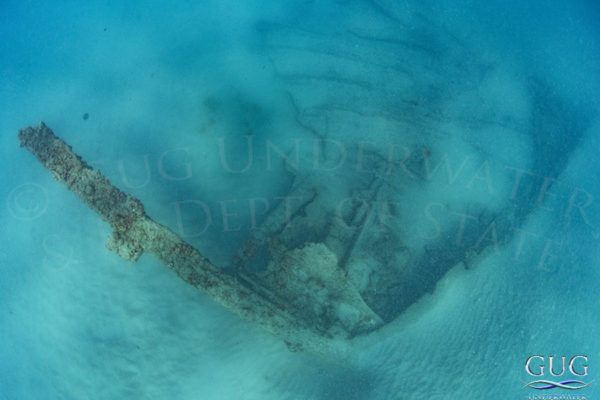
The next wreck proved far less logistically challenging, partially because of planning, and partially because of luck. The planning part involved waiting for weeks, anxiously watching the surf report and weather forecasts for a day that I knew would create the best chances of optimal conditions. The luck part – awwww, who my kidding?, I don’t believe in luck! The more I plan, the luckier I get! But sure enough, conditions and visibility at the Half Moon in Miami were 10 times better than at the previous site. The wreck was far more interesting than the Georges, with about 15 or 20% of the structure above sand, and at least 20 times the marine life living on and around it. Schools of fish swarmed over the top, and sponges clung to every exposed part. Visibility was a healthy 30 feet, more than I would’ve expected, but of course, there is that planning part, and we did ensure the dive would take place on an incoming high tide, which brought the clear ocean water into the bay for a limited time. Struck amidships buy a larger vessel in 1930, it sank during a storm in just 10′ of water. 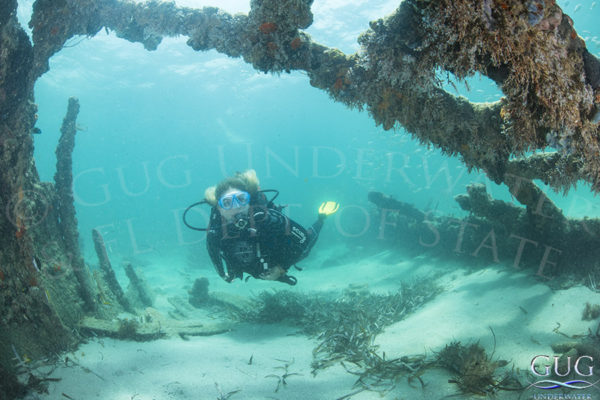

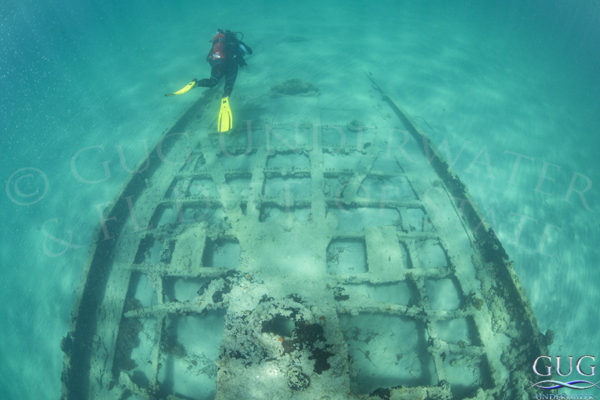
I saved the Copenhagen shipwreck for last, because of its logistical ease and proximity to my home in Fort Lauderdale. Good weather days would need to be used for the further away shipwrecks, and I could wait for the calmer summer weather which begins in mid-May. I had a charter boat scheduled to drop me off for several hours on glassy-calm day, but when I got to the local dive shop in Pompano at 7:40 that morn, they got caught in a lie, saying that the charter had not been booked. Later, they claimed that they had a group cancellation for everyone except me. So while South FL Diving HQ was caught with their pants down busted in a lie to cover up their poor planning, I had to focus on finding an alternative. It’s only a 2 mile paddle from my backyard, so, I acquired a pair of kayaks from my good friends the Rail’s. Fortunately, the next week also provided a good weather window, and for three days in a row I dove the Copenhagen each morning. And I quickly understood why this is such a popular dive site! What a fabulous wreck! It’s in water that is shallow enough for beginners, but deep enough to keep it away from the pounding waves at the shore, so the structure is still somewhat intact even after all this time. According to the Lauderdale by the Sea website, this wreck as an estimated 10,000 visitors per year. It’s sunk in the year 1900 with about 5000 tons of coal as its cargo. To this day, local residents still find lumps of coal washed up on the shore after big storms (one Christmas morning, one washed into my stocking too). During World War II, Navy pilots used the wreck as target practice, and divers occasionally find ammunition shells located around the structure. I’ve already been back to photograph the site after completing the project, and plan on continuing to kayak to it when conditions are right, as I found a ton of great photo opportunities there, including its beautiful anchor, and a resident green moray eel which is definitely the biggest I’ve ever seen, and a complete friendly puppy dog! 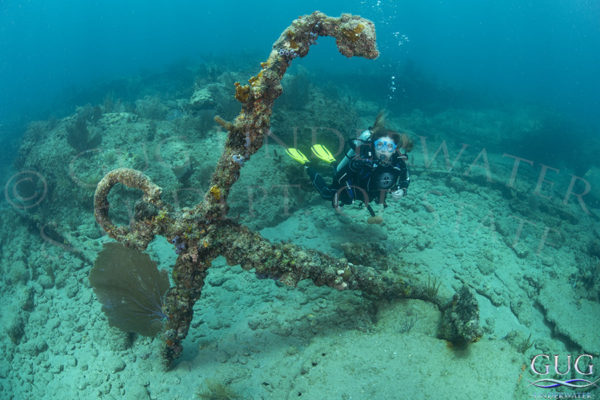

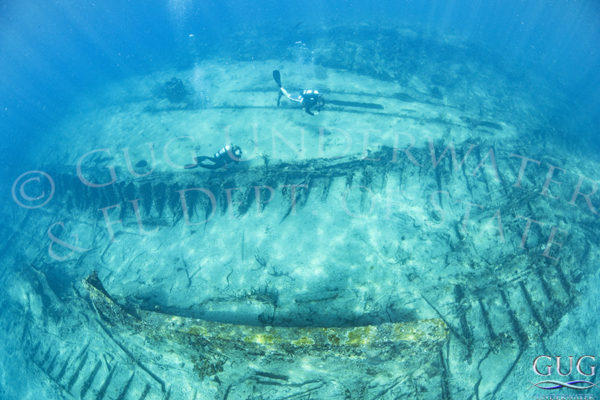
And those kayaks have opened up a world of local diving possibilities for me as well. I’m already using them to explore further into my backyard reef, but look forward to taking them down into the Everglades and into some of Florida’s freshwater lakes to explore the endless possibilities of my home state’s underwater world.


